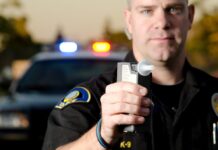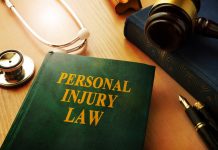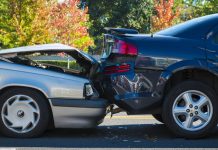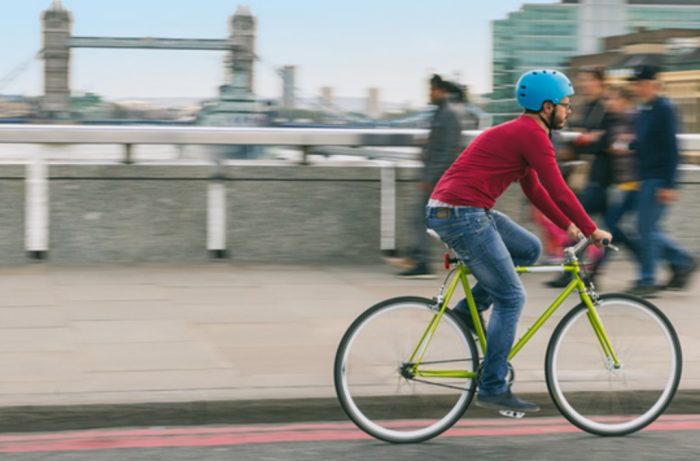
Since lockdown started, cycling has become increasingly popular in London. Pop-up bike lanes and low-traffic neighbourhoods have all contributed to making the roads safer. But accidents can and do happen, and 83% of all road traffic casualties in the capital involve cyclists, motorbikes and pedestrians.
Whether you’re a professional bike courier, a commuter or a casual cyclist, if you don’t want to end up making multiple bicycle accident claims you need to take action. However good your bike handling skills, you’re still a vulnerable road user who could suffer serious injury if the worst happens.
Osborne’s Law in London have seen claims such as these far too many times. So we thought we would give you the heads up on some of the more common cases we have seen over the years.
Common causes of cycling accidents
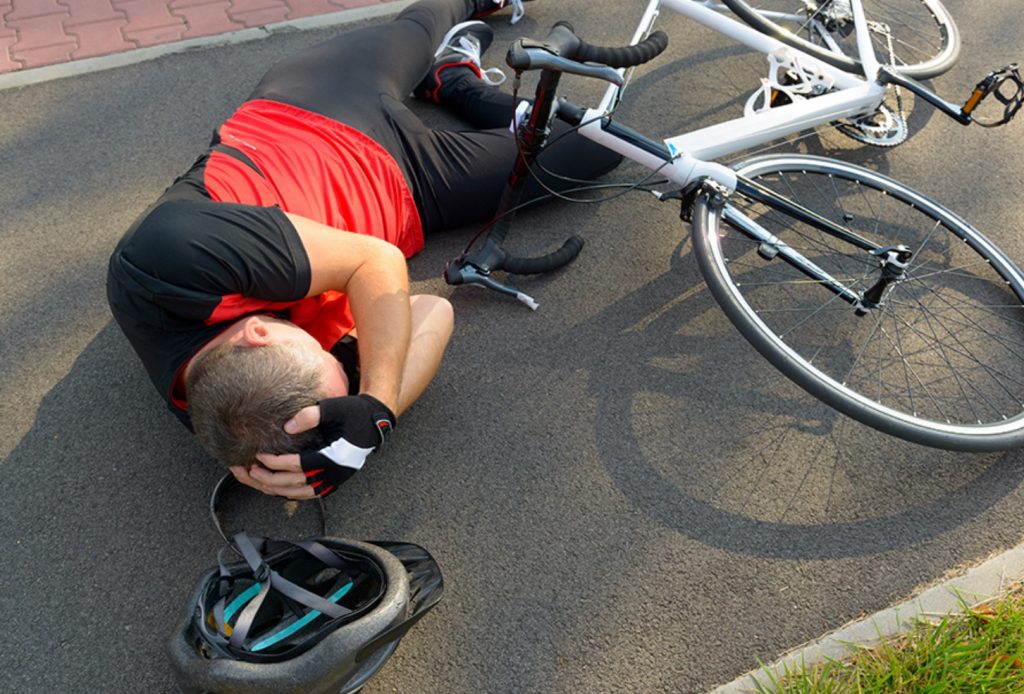
The unexpected turn
The majority of bicycle accident claims result from vehicles turning into your path or pulling out at a junction. You could find yourself meeting head-on, usually because the driver cuts into the road without checking for cyclists. While the driver is at little risk of injury, you could find yourself colliding with the vehicle and ending up with fractures, a head injury or worse.
The door slam
This sort of crash is easy to avoid but still alarmingly common. You’re cycling past a parked car when the door slams open and knocks you flying. There’s virtually no time to react, and that oncoming car could push you into the path of oncoming traffic.
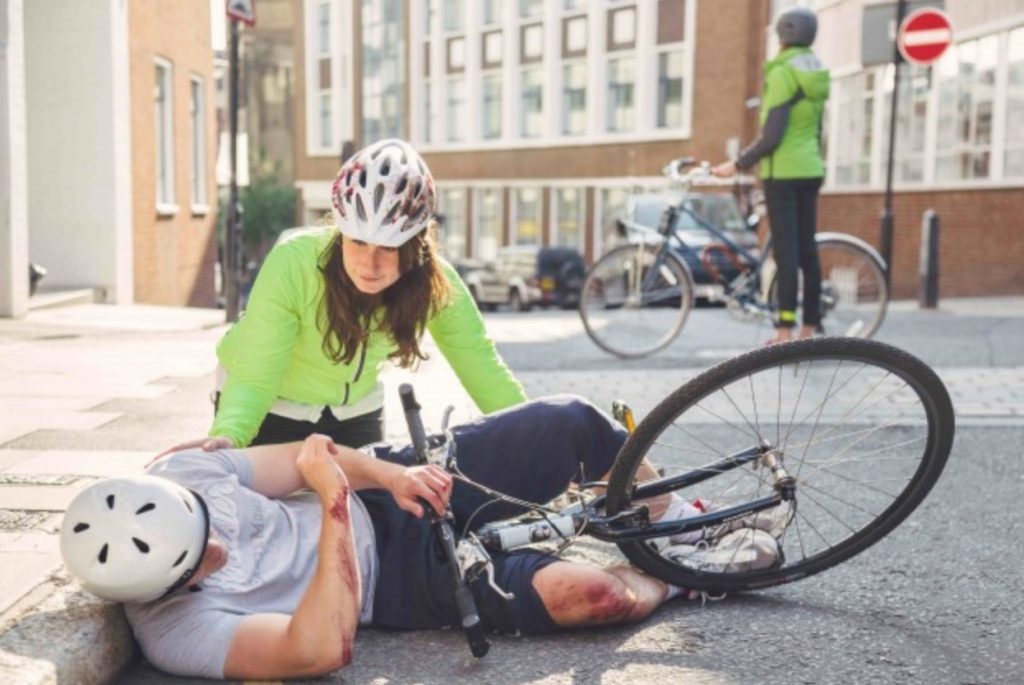
The pothole dunk
Poor roads are every cyclist’s worst nightmare. Hit a pothole with a lightweight wheel and even an elite cyclist will struggle not to lose balance. The result could be anything from road rash to a severe head injury. If you can prove negligence due to a pothole accident, you could be eligible to claim compensation.
The reckless driver
Excess speeds, dangerously close passing and driving with scant regard for other road users. From couriers to weekend warriors, every cyclist has their own horror story to tell of an encounter with a reckless driver. Unfortunately, that can often be fatal.
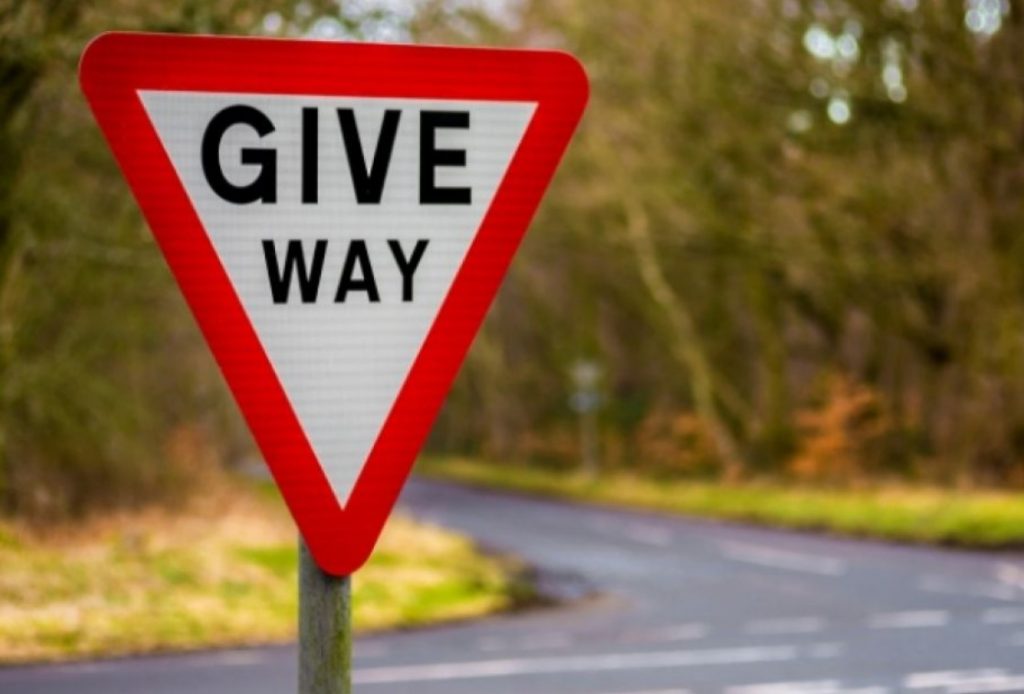
…And how to avoid them
Reading up on your Highway Code and cycling safely means you’re much less likely to be held responsible if you are involved in an accident.
These five tips will help to keep you safe on London’s roads and make the chance of crashes and bicycle accident claims less likely:
- Be seen, be safe: most cycling brands manufacture high quality and highly visible cycling clothing that lets other road users know you’re on the road. Make sure your lights are in working order every time you ride and use them in daylight as well as at night. Never ride without a helmet, preferably fitted with a camera to record any incidents.
- Anticipate hazards: Training yourself to spot potential road hazards is a great way to stay safe on the roads. It could help you avoid that vehicle waiting to pull out of a side road or that driver opening their car door. If you sense a hazard coming up, cut your speed so you can take evasive action more easily.
- Make eye contact: Never assume a driver has noticed you. Establish eye contact, and it’s much easier to anticipate what they’re going to do at traffic lights or when you’re turning at a junction. It’s an effective way to make motorists aware of your presence and avoid a nasty accident.
- Signal clearly: Giving other road users as much information as possible about what you intend to do is essential. This helpful road safety video from GCN has clear advice on hand signals every cyclist should know.
- Give yourself time and space: Always give yourself enough stopping time and ride at least a door’s width away from parked cars. Don’t hug the kerb for safety – it’s harder for drivers to see you. Instead, give yourself some space, so if there is a problem, you have room to manoeuvre.
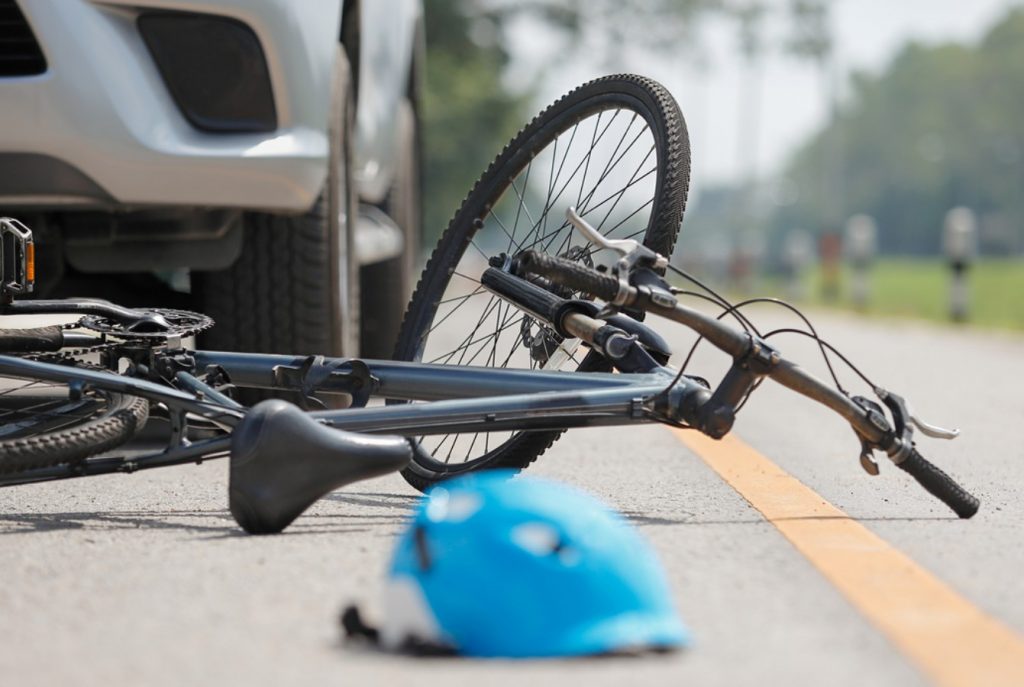
Post-crash checklist
If the worst does happen, you should run through the following checklist. A quick check could help you determine the severity of any injuries and whether you need to see your doctor or take a trip to A&E.
- Take your time. Even professional cyclists can struggle if they get up too quickly after an accident. It’s better to take your time getting to your feet and checking you can move around before jumping back on your bike.
- Run a basic first aid check to see that no bones are broken and you can feel your limbs. If you can stand up and walk around, you can probably pedal, and if you can lift your bike without too much pain, your upper body should be fine.
- Concussion check. Take a look at your helmet. If it’s cracked or damaged, then the chances are you’ve hit your head. If you have a headache that won’t go away, you feel disoriented or dizzy, experience double vision or memory loss, you may be concussed. Seek medical help as this may be a sign of more serious issues and you need to be assessed.
If you suspect you’re seriously injured, then don’t be tempted to move. Call for help and get immediate medical attention.

What to do if a crash isn’t your fault
If you’re involved in a crash that isn’t your fault, then you’ll need to make a bicycle accident claim as quickly as possible. These are the essential steps you need to take:
- Get the driver’s details
- Vehicle registration
- Vehicle colour, make and model
- Insurance details
- Names and addresses of everyone in the vehicle
(Don’t accept any money at this time – this could be interpreted as you settling the case.)
- Take the phone numbers of any witnesses who are willing to say what they saw if the case goes to court.
- Take photos as evidence including the location, the size and depth of a pothole, mud or oil on the road, the driver’s licence plate if they refuse to exchange details.
- Report the incident to the police and take down the officer’s name and the police case reference number. If a pothole or poor road surface caused the problem, you’ll need to contact the local council or use Fill That Hole to report a road hazard.
- Visit A&E or your GP. The adrenaline of being involved in an accident can mask the extent of your injuries, so it’s wise to get yourself checked out professionally.
- Contact a solicitor who will provide legal advice in either a criminal case or pursuing a civil claim for damages.

It’s important that you find the right solicitor for your claim. Preferably a firm with lots of experience in dealing with cycling claims, not just in London but all over the UK.
Hopefully you have found the above info useful, and this helps you decide on the best course of action to take.
Stay safe, happy riding!


